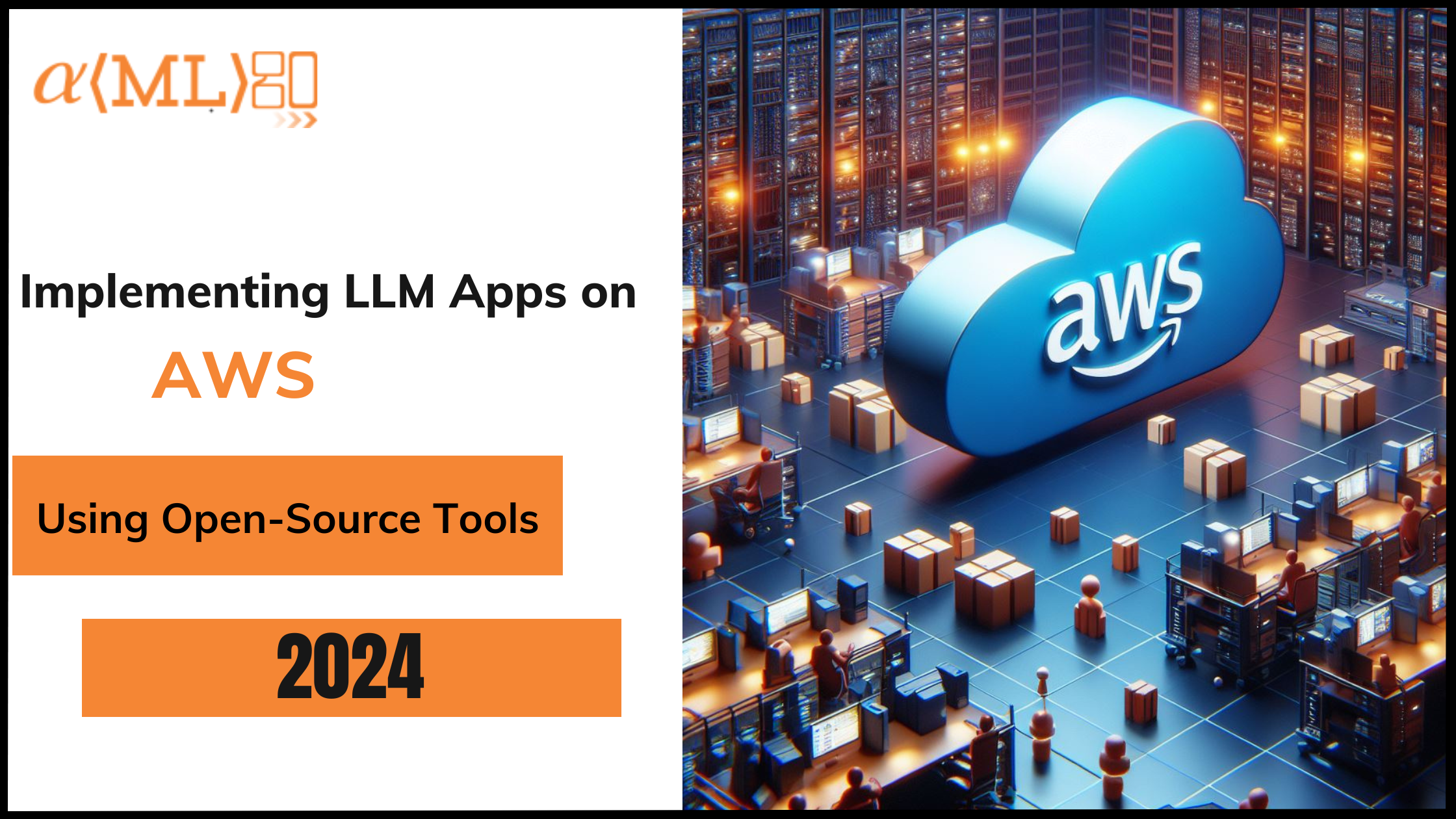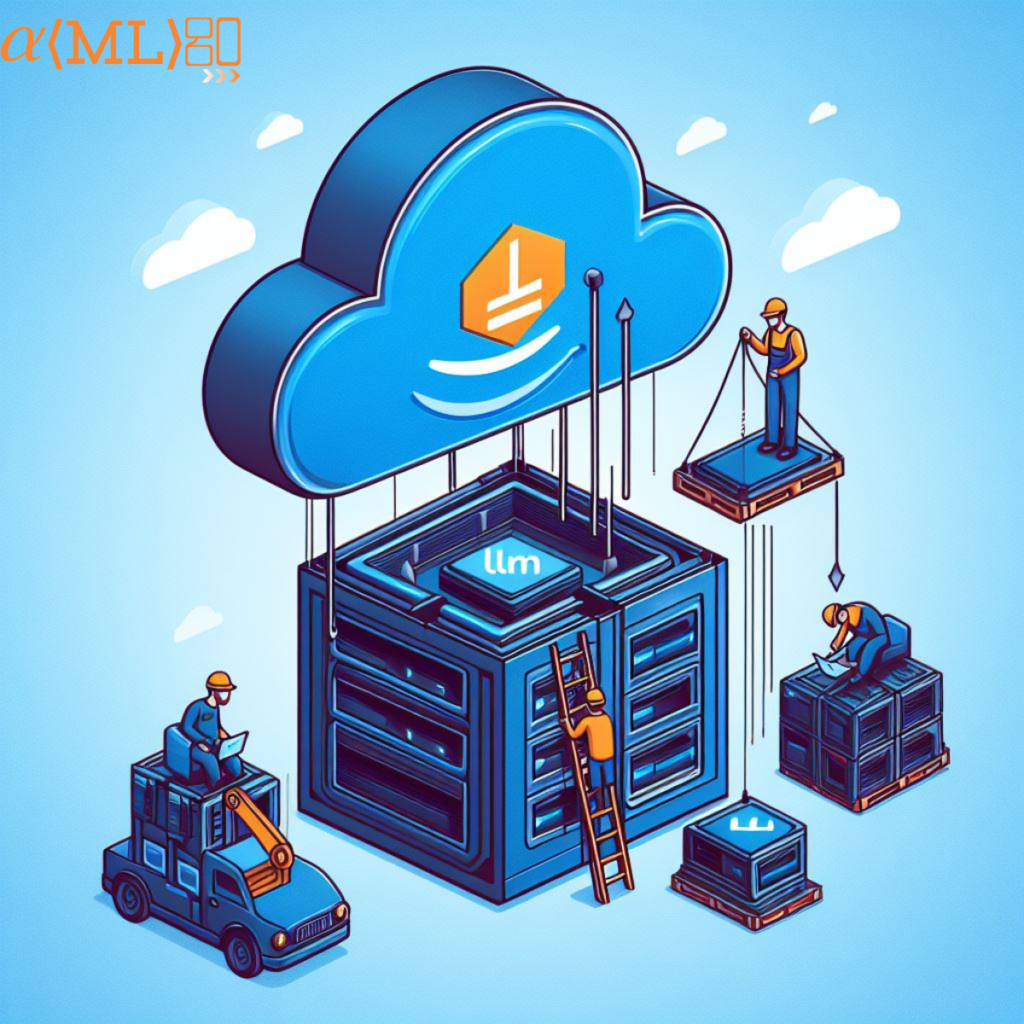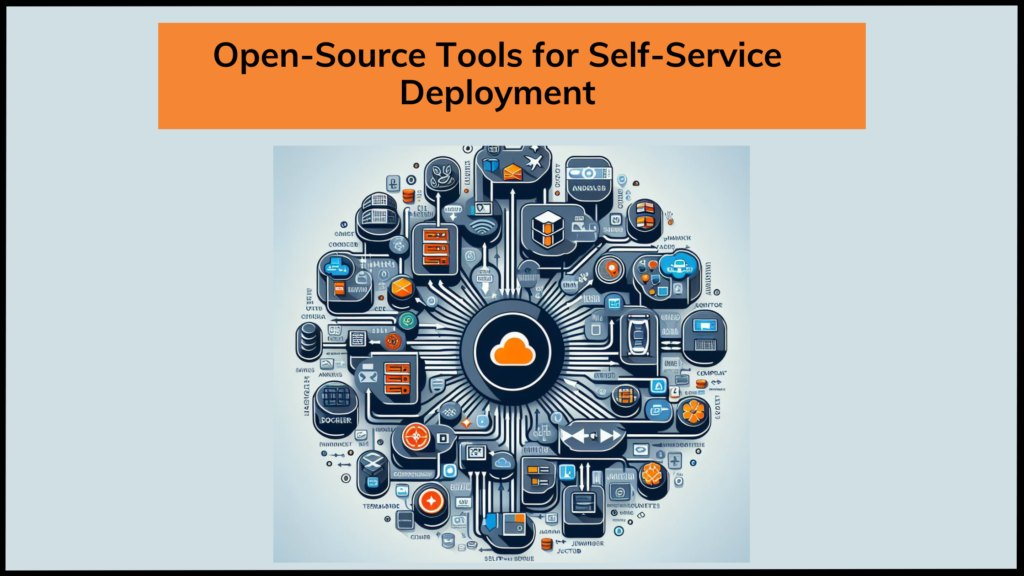
Introduction:
In the ever-evolving landscape of cloud computing, deploying and managing language model (LLM) applications efficiently is crucial for developers and businesses alike. Amazon Web Services (AWS) provides a robust infrastructure for hosting applications, and with the rise of open-source tools, deploying LLM apps has become more accessible and user-friendly. In this blog, we’ll explore the process of deploying LLM apps to AWS using open-source solutions and self-service methodologies.

Understanding Language Model Applications:
Language model applications, powered by advanced natural language processing algorithms, have gained prominence across various domains. Whether it’s chatbots, sentiment analysis, or language translation, these applications leverage the power of machine learning to enhance user experiences. Deploying them to the cloud allows for scalability, reliability, and accessibility.
Choosing AWS for Deployment:
Amazon Web Services (AWS) is a leading cloud service provider known for its extensive range of services, scalability, and reliability. By leveraging AWS, developers can tap into a vast array of resources to host, scale, and manage their language model applications.
Open-Source Tools for Self-Service Deployment:

The beauty of open-source tools lies in their flexibility and community-driven development. In the context of deploying LLM apps to AWS, several open-source tools simplify the process and empower developers with self-service capabilities.
- Docker: Containerization is key to deploying applications consistently across different environments. Docker allows you to package your LLM app and its dependencies into a container, ensuring seamless deployment and scalability.
- Kubernetes: Orchestrating containers at scale is where Kubernetes shines. By automating deployment, scaling, and management, Kubernetes simplifies the operational aspects of hosting LLM applications on AWS.
- Terraform: Infrastructure as Code (IaC) is a crucial aspect of modern cloud deployment. Terraform enables you to define and provision AWS infrastructure in a declarative manner, promoting automation and reproducibility.
- Jupyter Notebooks: For data scientists and developers working on language models, Jupyter Notebooks provide an interactive and collaborative environment. Integrating them into the deployment pipeline ensures smooth transitions from development to production.
Deployment Steps:
- Containerize the LLM App with Docker: Package your language model application along with its dependencies into a Docker container. This encapsulates the app, making it portable and consistent across different environments.
- Define Infrastructure with Terraform: Use Terraform to define the AWS infrastructure needed for your LLM app. This includes specifying resources like EC2 instances, networking configurations, and security groups.
- Deploy Containers with Kubernetes: Leverage Kubernetes to orchestrate the deployment of Docker containers. Define Kubernetes manifests that describe the desired state of your application, allowing for efficient scaling and management.
- Integrate Jupyter Notebooks for Continuous Improvement: Integrate Jupyter Notebooks into your deployment pipeline to facilitate continuous improvement and collaboration among data scientists and developers. This ensures that your language models evolve based on real-world data and user feedback.
Benefits of the Open-Source Self-Service Approach:
- Flexibility: Open-source tools provide flexibility in choosing the right technologies for your specific requirements, avoiding vendor lock-in.
- Scalability: AWS, combined with Docker and Kubernetes, enables seamless scalability as your language model application grows in demand.
- Cost-Effective: Leveraging open-source tools often results in cost savings, as many of these tools are freely available and have vibrant communities for support.
- Community Support: The open-source community provides a wealth of knowledge, tutorials, and best practices, ensuring that developers have access to a vast pool of expertise.
Conclusion:
Deploying Language Model applications to AWS using open-source, self-service methodologies offers developers a powerful and flexible approach. By containerizing with Docker, orchestrating with Kubernetes, defining infrastructure with Terraform, and integrating Jupyter Notebooks for continuous improvement, developers can create a scalable, reliable, and cost-effective environment. Embracing open-source tools empowers developers to stay agile, adapt to evolving requirements, and harness the full potential of AWS for hosting language model applications.
To learn about newer in-trend technologies follow our Up-To-Date Blog page written by our expert professionals after successfully implementing and providing solutions to the clients using the same to give our readers more practical insights about the use of technology.
Reach us on:
LinkedIn: https://in.linkedin.com/company/amlgolabs
Website: https://www.amlgolabs.com
Email: [email protected]
